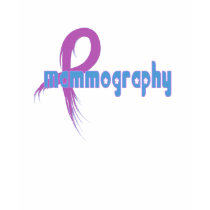
Pearlie Leach fears were validated by the survey results which would and may discourage women from seeking treatment for breast cancer and mammograms especially among seniors. Though the survey is of British and their NHS and may be more of an indictment of their system which is highly rated and internationally regarded it may point to problems within our own system as well. Sort of like an early warning system for cancer and the elderly and the need for cancer screening. In an accompanying editorial, Lisa M. Schwartz, M.D., and Steven Woloshin, M.D. of the Dartmouth Institute for Health Policy & Clinical Practice in Hanover, N.H., point out that accurate screening messages should be more prominent and include risks associated with overdiagnosis and overtreatment.
The single news reports refers to an August 12 article from Journal of the National Cancer Institute (there are no August 12 articles) and says: "...that 92% of the women surveyed dramatically overestimated the ability of mammography to cut cancer deaths or said they didn't know the magnitude of its benefits. Here's how the benefits and risks stack up. If 1,000 50-year-old women have a yearly mammogram for 10 years:
- One will avoid dying from breast cancer.
- Two to 10 will be treated for a cancer that never would have harmed them.
- Ten to 15 will learn earlier that they have cancer than they would have otherwise, but this earlier diagnosis will not change their prognosis.
- One hundred to 500 will have at least one false alarm.
LA TIMES responds:
ReplyDeleteHi, the article was published online in the JNCI.
http://jnci.oxfordjournals.org/cgi/content/full/djp237v1?maxtoshow=&HITS=10&hits=10&RESULTFORMAT=&fulltext=woloshin&searchid=1&FIRSTINDEX=0&resourcetype=HWCIT
The date listed on the NCI Web site is Aug. 11; many summaries of the article and press releases listed it as Aug. 12. This is a pub date difference we see reasonably often. If you have reason to believe Christie made an error beyond this, do let us know.
Christie Aschwanden sent two PDFs of the study with the published date of September 2, 2009.
ReplyDelete